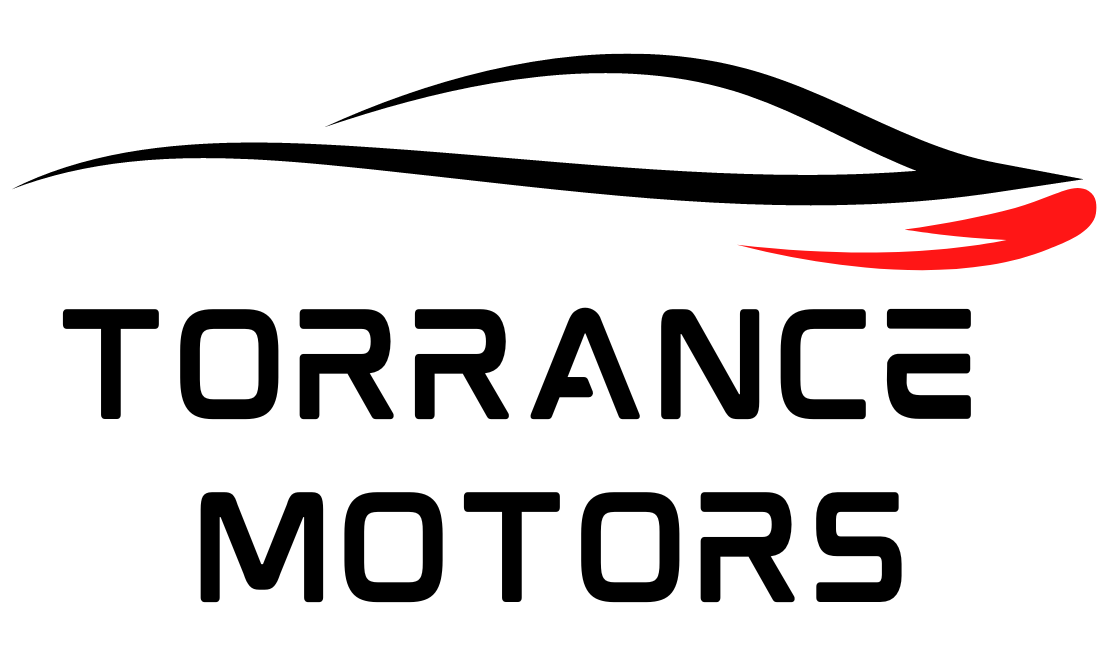Lift Kits 101: What You Need to Know Before Lifting Your Vehicle
In the world of automotive customization, lift kits have gained immense popularity, offering enthusiasts a chance to transform their vehicles’ appearance and capabilities. Whether you’re looking to enhance off-road performance or simply make a bold statement on the streets, lifting your vehicle is an exciting prospect. However, before you dive into the world of lift kits, there are several key considerations to keep in mind. In this article, we’ll provide you with a comprehensive guide to lifting your vehicle, helping you make informed decisions along the way.
Understanding Lift Kits
A lift kit is a collection of components designed to raise a vehicle’s ride height, creating additional space between the chassis and the ground. This allows for larger tires, increased ground clearance, and improved off-road capability. There are two main types of lift kits: body lifts and suspension lifts.
- Body Lifts: Body lift kits increase the space between the body and the frame of the vehicle. These kits typically involve adding spacers or blocks between the body mounts and the frame. While body lifts provide additional clearance for larger tires, they don’t affect suspension travel or performance.
- Suspension Lifts: Suspension lift kits involve modifying the vehicle’s suspension system to increase both ride height and ground clearance. This type of lift kit replaces or modifies components like springs, shocks, control arms, and more. Suspension lifts offer improved off-road capabilities and often allow for larger tires while maintaining proper suspension travel.
Factors to Consider Before Lifting
- Purpose: Define the purpose of lifting your vehicle. Are you aiming for improved off-road performance, enhanced aesthetics, or a combination of both? This decision will influence the type of lift kit you choose.
- Legal Considerations: Check local laws and regulations regarding lifted vehicles. Some regions have specific guidelines on maximum lift heights, tire sizes, and equipment requirements.
- Ride Quality: Keep in mind that lifting your vehicle can alter its ride quality and handling characteristics. Suspension geometry changes can lead to changes in steering response and comfort.
- Cost: Lift kits vary widely in terms of cost. Consider the expenses not only for the kit itself but also for potential additional modifications, such as new tires, wheels, and alignment adjustments.
- Installation: While some enthusiasts have the skills to install lift kits themselves, others may require professional installation. The complexity of the installation process can vary based on the type of kit and the vehicle’s make and model.
Pros and Cons of Lifting
Pros:
- Enhanced off-road capabilities
- Increased ground clearance for tackling obstacles
- Accommodation of larger tires for improved traction and aesthetics
- Elevated visibility on the road
- Personalized and unique vehicle appearance
Cons:
- Altered vehicle dynamics and handling
- Potential impact on ride comfort
- Higher center of gravity, potentially affecting stability
- Increased wind resistance and potential impact on fuel efficiency
- Possible warranty and insurance considerations
Conclusion
Lifting your vehicle with a lift kit can be a rewarding adventure, offering you the chance to create a customized ride that suits your preferences and lifestyle. However, it’s crucial to approach the decision with careful consideration, taking into account factors such as your vehicle’s purpose, local regulations, costs, and the potential impact on performance. By weighing the pros and cons and doing thorough research, you can confidently embark on your journey to elevate your vehicle and enjoy the benefits of a lifted ride.

